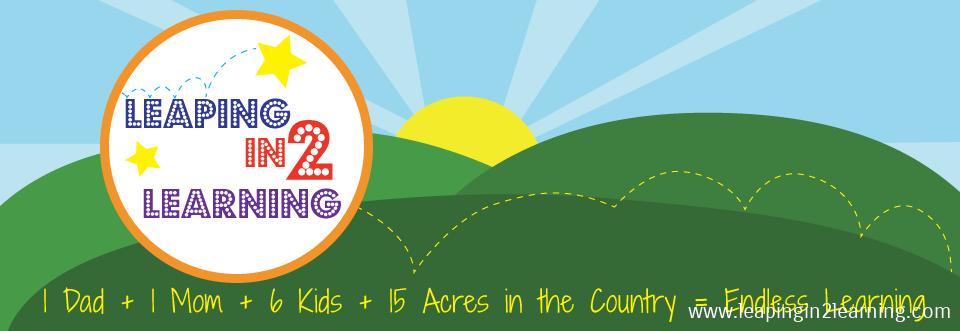Of course I love taking all 5 children with me grocery shopping. 🙂 Actually, it goes quickly b/c I have lots of help.
I admit to missing the samples in Sammy’s Club (budget cuts I suppose), but at any rate the 99¢ icees are still a nice treat. And they are HUGE so three go a long way. That is, if my helpers actually … help.
We always manage to use our math skills in Sammy’s Club, but for the days when a trip out is not on the agenda … I can still help them realize why math is important … with living math … and my latest adventure in that.
Our very own grocery store.
I began collecting small containers while we were camping in Mississippi. I had bought a special treat for that trip: individual-sized cereal in a VARIETY pack and containing cereals we rarely purchase. Even the Prez was excited to see several boxes of his beloved POPS cereal.
I was so inspired by these miniature-sized cereal boxes, I started searching for more mini-sized items. I have about 15 items in our store so far with my eye out for more. Anyone nearby me use pint-sized or smaller milk jugs/cartons??? I obviously buy in the gallons around here!
I wanted to make the grocery store in such a way that we could have a new list each time we *shop* to keep them from memorizing (plus I didn’t want to have to print new ones out each time). But what to do?
Enter the amazing Education Cubes and an idea was born. If you’re a member of the site, you have access to hundreds of pre-made cube inserts, but you also can access a blank pdf template. You can print these out and add things like pictures of grocery items and their prices. That is what I did!
I highly recommend this site and the concept is just amazing. I have so many ideas for other things I can do with parts of speech, writing prompts (Mama Jenn recently added these). Anyway, check it out if you have active learners or want something besides workbooks.
Now I have a way to give the children a shopping list that will keep them excited and active and hopefully the list will differ each time (at least for a while) and as I add more groceries to our store shelf, this will keep the variety coming.
I wrote the prices on the cards in such a way to reinforce the different ways we might see money: 1) written out with numerals and words (rare I know but they need to recognize and understand “dollars” and “cents”); 2) with the $ sign and decimal; and 3) with the ¢ sign.
I included some amounts that are more difficult as well as some basic ones. I have a small box for now with the cash (yes real money is the way to go I think), but am looking for a wallet also added a wallet for the money just to help them learn that skill (hard to manage a wallet while counting out money, but this is a skill they need to learn). And I keep our store in this basket when not in use. (BTW, the calculator is for ME to check their calculations b/c I already know these things ;))
I envision many possibilities including games for our 12YO: perhaps figuring the tax at .0925% or estimating the total quickly in his head or even factoring in coupons at some point? Would it be better to buy the generic without the coupon or the brand-name with it? If you have just $5 to spend and 2 more days until payday, what would you buy? The possibilities are endless really.
And here are some pics of our first game of Grocery Store Math. Today I gave Larry and Mo a lesson in math. We estimated our totals, added mentally, rounded up and down, and also made change. For Larry, I focused on him reading the ones that he tossed with words, making sure he identified the coins correctly which he did, and also helping him see the easiest way to pay (he was sometimes trying to make 50 cents with 5 dimes). I explained that this certainly will work, but if he has quarters he might want to use those instead.
With Mo, I had him actually making change for Larry’s purchases and also gave him a very small timeframe to pay for his items. He came through with the correct amount and asked if he could actually keep the Kool*Aid packet. I caved after our lesson and let him and Larry make a pitcher of the stuff. It was a great way to reinforce why learning to use measuring tools (see yesterday’s post) is important.










